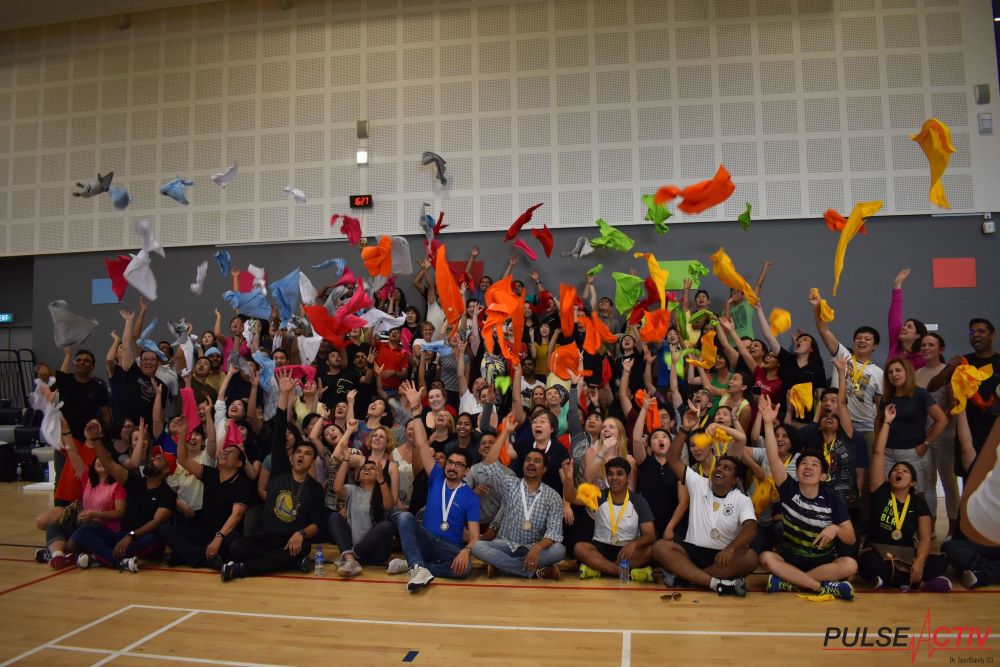Handling Conflict Resolution: HR Strategies for a Harmonious Workplace
Conflict in the workplace is inevitable, given the diverse personalities, perspectives, and working styles that come together in any organization. However, how these conflicts are managed can significantly impact the overall work environment, employee morale, and productivity. Human Resources (HR) plays a crucial role in ensuring that conflicts are resolved effectively and that a harmonious workplace is maintained. This article will discuss methods for managing and resolving workplace conflicts and provide tips for HR professionals to mediate disputes and foster a positive work environment.
Understanding the Nature of Workplace Conflict
Before diving into conflict resolution strategies, it’s essential to understand the types of conflicts that can arise in the workplace. These conflicts can generally be categorized into four main types:
- Task Conflicts: Disagreements about how work tasks should be performed or how resources should be allocated.
- Relationship Conflicts: Interpersonal issues stemming from differences in personality, communication styles, or values.
- Process Conflicts: Disputes about the processes and procedures used to accomplish work tasks.
- Status Conflicts: Tensions arising from perceived differences in power, authority, or recognition.
Understanding the nature of the conflict is the first step in addressing it effectively. HR professionals must identify the root cause of the conflict to apply the appropriate resolution strategy.
Methods for Managing and Resolving Workplace Conflicts
1. Early Intervention
One of the most effective ways to manage conflict is to address it early, before it escalates. HR should encourage open communication and provide employees with avenues to voice their concerns without fear of retribution. Early intervention allows for issues to be resolved quickly, preventing them from affecting the broader work environment.
2. Active Listening
Active listening involves fully concentrating, understanding, and responding to the speaker. HR professionals should practice active listening during conflict resolution meetings to ensure they understand the perspectives of all parties involved. This approach not only helps in gathering accurate information but also makes employees feel heard and valued.
3. Mediation
Mediation involves bringing in a neutral third party to help resolve the conflict. HR professionals can act as mediators to facilitate discussions between conflicting parties, helping them to reach a mutually acceptable solution. Effective mediation requires impartiality, patience, and the ability to guide conversations constructively.
4. Conflict Coaching
Conflict coaching is a personalized approach where HR professionals work one-on-one with employees involved in a conflict. The goal is to help individuals develop skills to manage and resolve conflicts on their own in the future. This method empowers employees to handle disputes more effectively, reducing the likelihood of recurring issues.
5. Formal Conflict Resolution Procedures
In cases where conflicts cannot be resolved informally, HR may need to implement formal procedures. This could include investigations, disciplinary actions, or even termination in severe cases. Having a clear, transparent, and consistent conflict resolution policy in place is crucial for maintaining fairness and integrity within the organization.
6. Training and Development
Regular training on conflict resolution, communication, and emotional intelligence can equip employees with the skills they need to manage disputes effectively. HR should organize workshops and seminars to help employees understand different conflict styles, recognize triggers, and develop strategies for resolving disagreements constructively.
7. Encouraging a Collaborative Culture
Fostering a culture of collaboration and teamwork can significantly reduce the incidence of conflict. HR can promote team-building activities, encourage cross-departmental projects, and create opportunities for employees to build positive relationships. A collaborative culture not only minimizes conflicts but also enhances overall job satisfaction and productivity.
Tips for HR to Mediate Disputes and Maintain a Positive Work Environment
1. Maintain Neutrality
HR professionals must remain neutral when mediating disputes. Taking sides or showing bias can exacerbate the conflict and undermine trust in HR. By staying impartial, HR can ensure that all parties feel fairly treated and that the resolution is just.
2. Set Clear Expectations
Clear communication of expectations is key to preventing conflicts. HR should ensure that all employees understand the organization’s policies, code of conduct, and conflict resolution procedures. Setting expectations from the outset helps to minimize misunderstandings that could lead to disputes.
3. Document Everything
Proper documentation is essential in conflict resolution. HR should keep detailed records of all discussions, meetings, and agreements related to the conflict. This documentation can serve as a reference in case of future disputes and ensures transparency in the resolution process.
4. Follow Up
Resolving a conflict doesn’t end with an agreement. HR should follow up with the involved parties to ensure that the resolution is being implemented and that the issue has not resurfaced. Follow-ups also demonstrate HR’s commitment to maintaining a positive work environment.
5. Promote an Open-Door Policy
An open-door policy encourages employees to approach HR with their concerns at any time. This policy fosters a culture of openness and transparency, making it easier for HR to address issues before they escalate into larger conflicts.
6. Lead by Example
HR professionals should lead by example in how they handle conflicts. Demonstrating respectful communication, active listening, and fairness in all interactions sets the tone for the rest of the organization and reinforces the importance of maintaining a harmonious workplace.
Conclusion
Effectively managing and resolving workplace conflicts is essential for maintaining a positive and productive work environment. HR professionals play a pivotal role in this process, from early intervention and mediation to training and fostering a collaborative culture. By implementing the strategies discussed in this article and following the tips for mediation, HR can help create a workplace where conflicts are resolved constructively, leading to stronger team dynamics and improved organizational outcomes.
In today’s diverse and dynamic work environment, the ability to manage conflict is more important than ever. With the right strategies and a proactive approach, HR can ensure that conflicts are not only resolved but that they become opportunities for growth and improvement within the organization.
To head back to read another article in our blog, click here.

